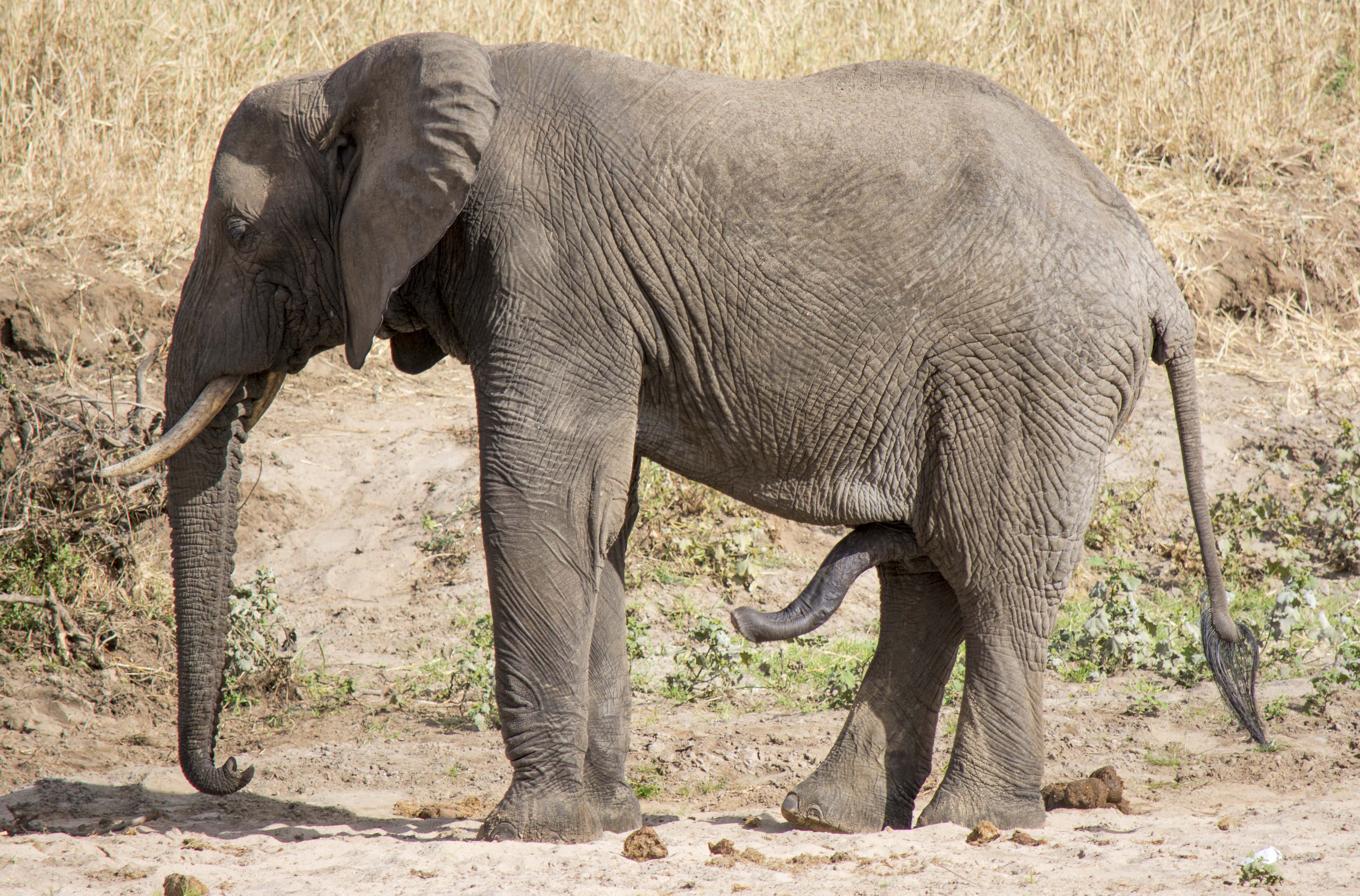When we think of elephants, majestic creatures roaming the savannah, their immense size, intelligence, and social structures often capture our attention. However, there is one aspect of elephant anatomy that remains less discussed yet equally intriguing: the elephant penis. This article aims to delve into the anatomy, significance, and fascinating facts surrounding the elephant penis, providing a comprehensive understanding for readers interested in this unique topic.
Elephants, known for their complex social behaviors and emotional intelligence, possess anatomical features that are as remarkable as their behaviors. The anatomy of the elephant penis is not just a topic of curiosity; it plays a crucial role in their reproductive strategies and behaviors. By understanding this aspect of elephant biology, we can gain insights into their reproductive health and evolutionary adaptations.
Throughout this article, we will explore various facets of the elephant penis, from its anatomical structure to its role in mating rituals. We will also discuss the implications of these features in the conservation of elephants and their populations. So, let’s embark on this journey to uncover the mysteries of the elephant penis and its significance in the animal kingdom.
Table of Contents
- 1. Anatomy of the Elephant Penis
- 2. Size Matters: Understanding the Dimensions
- 3. Reproductive Role of the Elephant Penis
- 4. Mating Rituals and Behaviors
- 5. Comparative Anatomy: Elephants vs. Other Animals
- 6. Conservation Implications
- 7. Cultural Perspectives on Elephants
- 8. Conclusion
1. Anatomy of the Elephant Penis
The anatomy of the elephant penis is a complex and fascinating subject. Elephants possess a long, muscular penis that can extend significantly during mating. The penis is not only long but also has a unique structure that includes a fibrous sheath.
Key features of the elephant penis include:
- Length: The average length of an elephant penis can reach up to 1.5 meters (approximately 5 feet).
- Diameter: The diameter can be quite substantial, allowing for effective mating.
- Flexibility: The penis is flexible, which aids in mating positions.
Understanding the Structure
The structure of the elephant penis consists of two main components: the shaft and the glans. The shaft is muscular and can be controlled with precision, while the glans is wider and more bulbous, which aids in achieving copulation.
2. Size Matters: Understanding the Dimensions
The size of the elephant penis is often a topic of fascination. In the animal kingdom, larger sizes can be indicative of health and genetic fitness.
Studies suggest that the size of the penis in elephants is significant for reproductive success:
- Elephants with larger penises may be more successful in mating.
- Size can also indicate dominance among male elephants.
3. Reproductive Role of the Elephant Penis
The reproductive role of the elephant penis is crucial in the continuation of the species. Mating occurs during specific seasons, and male elephants often compete for the attention of females.
During mating, the male uses his penis to penetrate the female and deposit sperm, which is essential for fertilization.
4. Mating Rituals and Behaviors
Mating rituals among elephants are complex and involve various behaviors. Male elephants will often engage in displays of strength and dominance to attract females.
Some interesting mating behaviors include:
- Musth: A period of increased testosterone in males, leading to heightened aggression and sexual readiness.
- Vocalizations: Elephants communicate through low-frequency sounds, which can attract potential mates.
5. Comparative Anatomy: Elephants vs. Other Animals
When comparing the elephant penis to those of other animals, several interesting differences and similarities arise.
For instance:
- Compared to other large mammals, the elephant penis is one of the largest.
- Other mammals, such as whales, also possess large penises, but their structure and function differ significantly.
6. Conservation Implications
Understanding the anatomy and reproductive behaviors of elephants is vital for their conservation. As elephants face threats from poaching and habitat loss, knowledge about their reproductive health becomes crucial.
Key conservation points include:
- Monitoring reproductive health to ensure population stability.
- Creating awareness about the importance of elephants in ecosystems.
7. Cultural Perspectives on Elephants
Elephants hold significant cultural value in many societies. They are often seen as symbols of wisdom, strength, and memory. In some cultures, their anatomy is viewed with fascination and respect.
8. Conclusion
In conclusion, the elephant penis is a fascinating subject that reflects the complexities of elephant anatomy and behavior. Understanding this aspect of their biology not only enriches our knowledge but also highlights the importance of conservation efforts. As we continue to study and protect these magnificent creatures, let us appreciate the intricate details of their existence.
If you found this article informative, please leave a comment below, share it with friends, or explore more articles on our site for a deeper understanding of the animal kingdom!
Thank you for reading, and we hope to see you back here for more intriguing insights into wildlife!
Exploring The Allure And Culture Of Black Tgirls
Emma Chambers: The Beloved British Actress And Comedian
Pilar Marie Victoria Lopez: A Comprehensive Insight Into Her Life And Career


